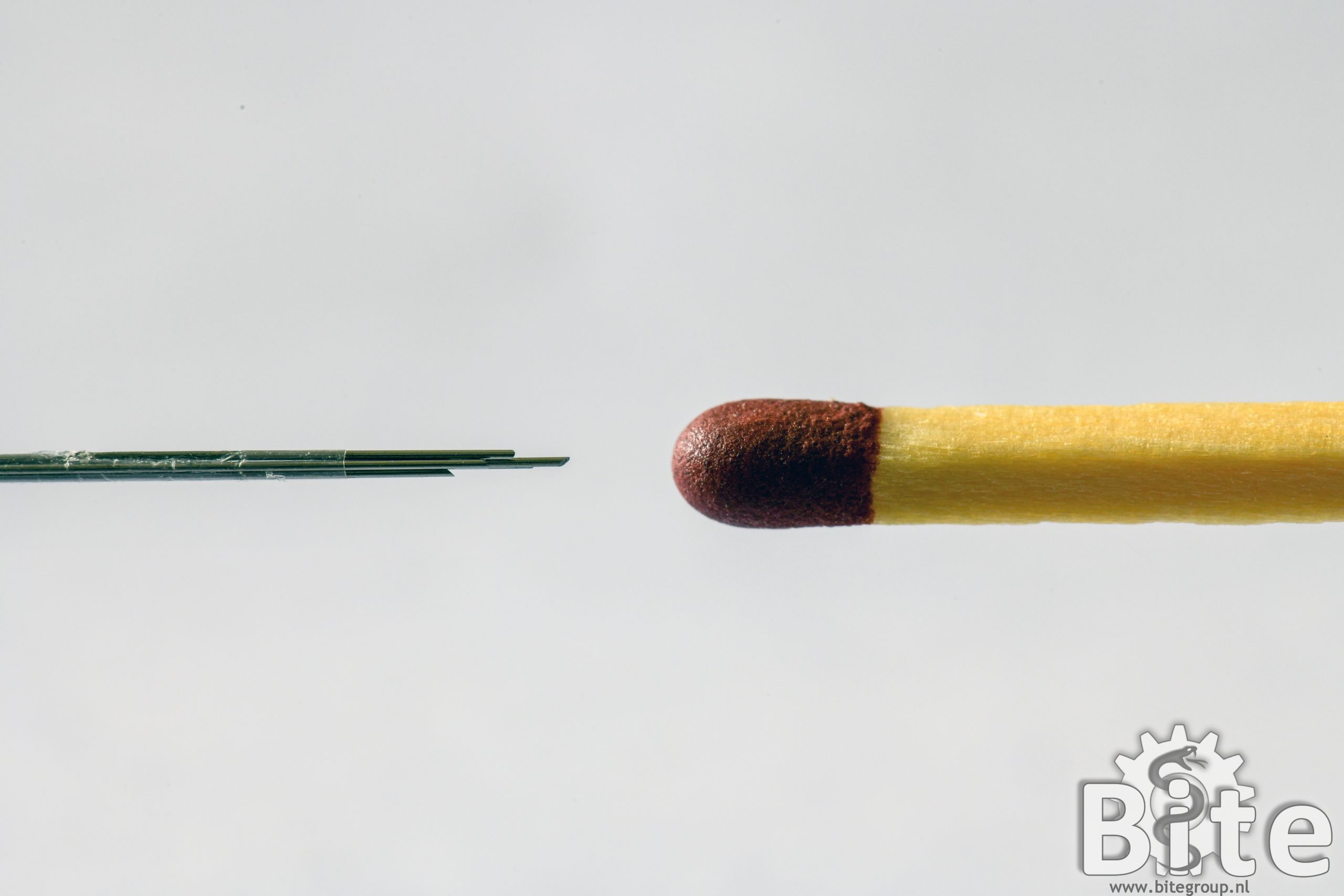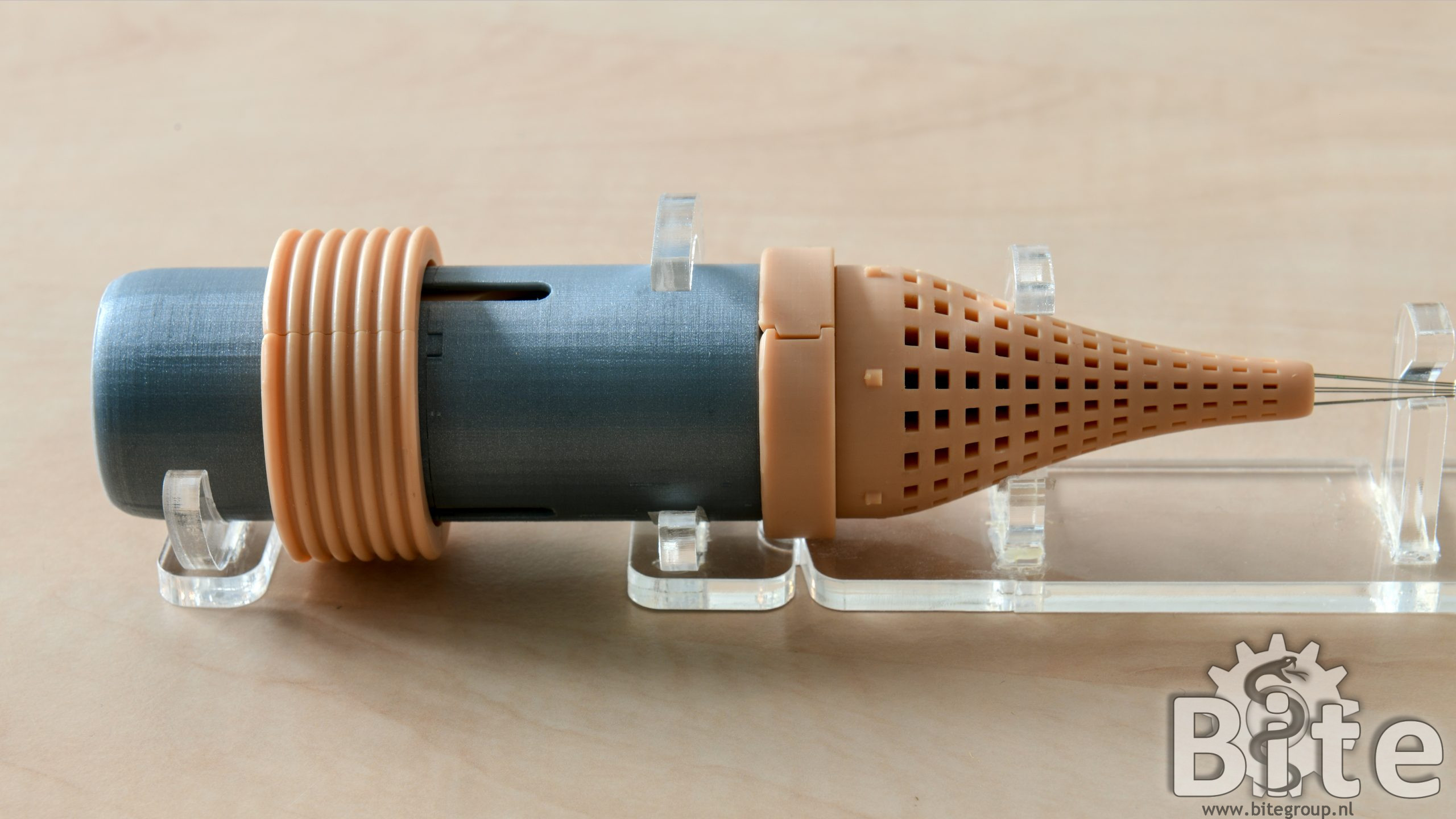This graduation assignment focuses on the design of a steerable needle for urology procedures, in specific prostate cancer treatment, with a focus on improving accuracy, precision, and patient comfort. The design of the needle will be inspired by the root system of plants, particularly how they extend and move through soil. The tip of the needle will have an extension that can be steered to the desired location within the prostate.
The assignment involves designing, developing, and testing a novel steerable needle that allows for accurate needle positioning. We are looking for a student who is interested in a design-oriented project and who can start at short notice (i.e., spring or summer 2023). For this project, creative problem solving, SolidWorks, and 3D-printing skills, and an interest in medical topics would be useful.
Interested? Please contact Jette Bloemberg, j.bloemberg@tudelft.nl, and/or Esther de Kater, e.p.dekater@tudelft.nl.










